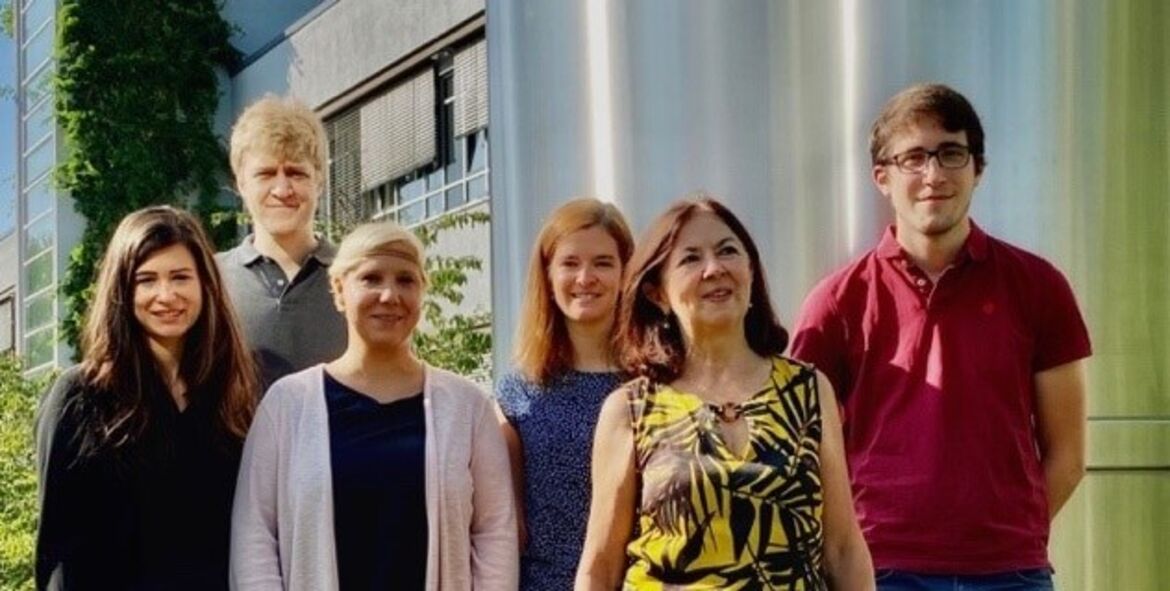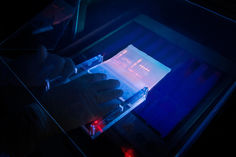Gene regulatory networks associated with cardiac rhythm control in health and disease
Research Group

Research Focus
The heart’s rhythm is initiated and regulated by a population of specialized cells in the sinoatrial node, the natural pacemaker of the heart. Cardiac arrhythmias are pathological abnormalities from the normal heartbeat and range among the most common heart diseases. Our research focuses on understanding the molecular mechanisms that control cardiac rhythm in health and disease. Atrial arrhythmias have a substantial genetic component. To uncover the genes and function of these genes playing a role in arrhythmia, we are applying different model systems and state-of-the-art technologies including animal models (transgenic mice, zebrafish) and pluripotent stem cells (patient-specific iPSCs, mouse ESCs), combined with cellular and molecular biological approaches, genome-editing (CRISPR-Cas9), genomic, transcriptomic and epigenomic tools. Dysregulated gene expression and dysregulated gene regulatory networks in atrial fibrillation (the most common cardiac arrhythmia) are essential underlying causes. We have established a functional link between the expression of the homeodomain transcription factor SHOX2, the development of the sinoatrial node and arrhythmogenic phenotypes (Hoffmann et al., 2013; Hoffmann et al., 2016; Hoffmann et al., 2017; Hoffmann et al., 2019). Modelling atrial arrhythmias with genotype-guided approaches using iPSCs (Sumer et al., 2020) will improve our understanding of the molecular mechanisms by which genomic variation cause disease. These approaches provide preclinical models for the selection of novel therapeutic targets, paving the way to personalized medicine.
Project Leader

PD Dr. rer. nat. Sandra Hoffmann
Schwerpunkt
Arbeitsgruppe Kardiogenetik

Publications
Sumer SA*, Hoffmann S*, Laue S, Campbell B, Raedecke K, Frajs V, Clauss S, Kääb S, Janssen JWG, Jauch A, Laugwitz KL, Dorn T, Moretti A*, Rappold GA*. Precise Correction of Heterozygous SHOX2 Mutations in hiPSCs Derived from Patients with Atrial Fibrillation via Genome Editing and Sib Selection. Stem Cell Reports. 2020 Sep 10:S2213-6711(20)30346-5. doi: 10.1016/j.stemcr.2020.08.015. Epub ahead of print. PMID: 32976766. (*shared authorship).
Hoffmann S, Paone C, Sumer SA, Diebold S, Weiss B, Roeth R, Clauss S, Klier I, Kääb S, Zeller T, Schulz A, Wild P, Ghrib A, Schnabel BR, Just S, Rappold GA. Functional characterization of rare variants in the SHOX2 Gene identified in sinus node dysfunction and atrial fibrillation. Front Genet. 2019, 10:648. doi: 10.3389/fgene.2019.00648.
Schmitteckert S, Griesbeck A, Sumer S, Rolletschek A, Niesler B, Rappold GA, Hoffmann S. Murine transgenic embryonic stem cell lines for the investigation of sinoatrial node-related molecular pathways. Stem Cell Res. 2017, 25:278-282. doi: 10.1016/j.scr.2017.07.011.
Hoffmann S*, Schmitteckert S*, Griesbeck A, Preiss H, Sumer S, Rolletschek A, Granzow M, Eckstein V, Niesler B, Rappold GA. Comparative expression analysis of Shox2-deficient embryonic stem cell- derived sinoatrial node-like cells. Stem Cell Res. 2017, 21:51-57. doi: 10.1016/j.scr.2017.03.018. (*shared authorship).
Hoffmann S, Clauss S, Berger IM, Weiß B, Montalbano A, Röth R, Bucher M, Klier I, Wakili R, Seitz H, Schulze-Bahr E, Katus HA, Flachsbart F, Nebel A, Guenther SPW, Bagaev E, Rottbauer W, Kääb S, Just S, Rappold GA (2016) Coding and non-coding variants in the SHOX2 gene in patients with early-onset atrial fibrillation. Basic Res. Cardiol. 2016, 111(3):36. doi: 10.1007/s00395-016-0557-2.
Hoffmann S, Berger IM, Glaser A, Bacon C, Li L, Gretz N, Steinbeisser H, Rottbauer W, Just S, Rappold G. Islet1 is a direct transcriptional target of the homeodomain transcription factor Shox2 and rescues the Shox2-mediated bradycardia. Basic Res. Cardiol. 2013, 108(2):339. doi: 10.1007/s00395-013- 0339-z.
Puskaric S (= Hoffmann S), Schmitteckert S, Mori AD, Glaser A, Schneider KU, Bruneau BG, Blaschke RJ, Steinbeisser H, Rappold G. Shox2 mediates Tbx5 activity by regulating Bmp4 in the pacemaker region of the developing heart. Hum Mol Genet. 2010, 19(23):4625-33. doi: 10.1093/hmg/ddq393.
Blaschke RJ, Hahurij ND, Kuijper S, Just S, Wisse LJ, Deissler K, Maxelon T, Anastassiadis K, Spitzer J, Hardt SE, Schöler H, Feitsma H, Rottbauer W, Blum M, Meijlink F, Rappold G*, Gittenberger-de Groot AC*. Targeted mutation reveals essential functions of the homeodomain transcription factor Shox2 in sinoatrial and pacemaking development. Circulation. 2007, 115(14):1830-8. doi: 10.1161/CIRCULATIONAHA.106.637819. (*shared authorship).




